Market Analysis
Dairy Packaging Market (Global, 2024)
Introduction
The Dairy Packaging Market is in a transformative phase, mainly due to the changing preferences of consumers, the growing concern for the environment, and the advancement of technology. The demand for dairy products is on the rise, and the packaging used to deliver them is becoming more sophisticated. The consumers’ needs for convenience, freshness, and environment-friendliness are increasingly being met by the new-age packaging solutions. Biodegradable and recyclable materials have started gaining momentum, as manufacturers are increasingly focusing on the concept of sustainability. Smart packaging is also gaining traction, as it enables consumers to stay informed about the quality and freshness of the product. In this dynamic landscape, the key players in the dairy packaging market have to keep up with the regulatory requirements, meet the diverse needs of the consumers, and remain efficient.
PESTLE Analysis
- Political
- The dairy packaging market in 2024 will be influenced by various political factors, such as government regulations on food safety and sustainable development. The European Union, for example, has established the Directive on Packaging and Packaging Waste, which requires that by 2025, at least 70% of packaging waste should be recycled. It is therefore a question of modifying the materials and the processes used by the dairy packaging producers to meet these standards. This will affect about 1,200 dairy packaging companies in the European Union.
- Economic
- The economic conditions of the dairy-packaging market in 2024 will be influenced by fluctuating prices for raw materials and changing consumption patterns. Polythene, a material widely used in dairy-packaging, has seen its price rise by an average of 15 percent over the past year, mainly because of supply disruptions and rising oil prices. Moreover, in the United States alone, spending on dairy products is expected to reach $100 billion by 2024, which will lead to a growing demand for new and more effective packaging solutions that can prolong the shelf life of dairy products and improve their visual appeal.
- Social
- Social trends in 2024 show a growing consumer preference for the use of sustainable and eco-friendly packaging in the dairy industry. A survey in early 2024 revealed that 65% of consumers were willing to pay up to 10 % more for products packed in sustainable materials. It is this new consumer behaviour that has prompted packaging producers to invest in biodegradable and recyclable materials.
- Technological
- The main role of the milk-packaging market in 2024 is played by technological developments, especially the development of smart packaging. Such developments as the QR-code and NFC technology will be incorporated into the packaging to inform consumers about the freshness and origin of the product. The estimation is that by 2024, around 30% of all new dairy-packaging products will have some kind of smart technology, as the growing trend of consumer engagement and transparency will continue.
- Legal
- Legal factors influencing the dairy packaging market in 2024 are the strict regulations on food safety and labeling. The Food and Drug Administration (FDA) has imposed a rule that all dairy packages must contain a clear label with nutritional information and warnings about possible food allergens. The over 2,000 manufacturers of dairy products in the United States must therefore comply with this regulation. This has led to the development of new package designs and materials to meet the new legal requirements.
- Environmental
- The dairy packaging market is increasingly concerned with the environment, with a view to reducing the carbon footprint and waste. It is estimated that, to meet international climate agreements, dairy packaging will have to reduce its carbon footprint by at least 25 per cent by 2024. It is also estimated that about 40 per cent of the new packaging materials are made from plant sources. This reflects the growing interest in the environment and the commitment to sustainable development.
Porter's Five Forces
- Threat of New Entrants
- The Dairy Packaging Market in 2024 faces a moderate threat of new entrants. The Dairy Packaging Market has several established players with strong brand loyalty and distribution networks. However, the growing demand for sustainable and innovative packaging solutions is expected to attract new companies. High capital investment and regulatory compliance act as a barrier to new entrants.
- Bargaining Power of Suppliers
- Suppliers in the Dairy Packing Market have low bargaining power, because of the availability of multiple sources of raw materials and components. Suppliers have low bargaining power because of the presence of a large number of suppliers. This allows manufacturers to easily switch suppliers, which reduces the power of any one supplier. Moreover, advances in technology have made the acquisition of raw materials and components more efficient.
- Bargaining Power of Buyers
- The buyers in the dairy packaging market have high bargaining power, as they are increasingly demanding sustainable and cost-effective packaging solutions. The variety of packaging materials enables them to negotiate better terms. Large retailers can exert significant influence on suppliers and demand lower prices and higher quality.
- Threat of Substitutes
- The threat of substitutes in the dairy market is moderate. Although there is a strong tradition for the use of plastic and glass in packaging, there is a tendency towards the use of other materials such as biodegradable and recyclate materials. But the special requirements of dairy products such as protection from contamination and shelf-life, limit the number of substitutes.
- Competitive Rivalry
- Competition is high in the Dairy Packages Market, which is driven by the presence of a large number of established players and the continuous development of packaging technology. In this market, companies compete on the basis of price, quality, and sustainability, which in turn leads to aggressive marketing and frequent product launches. The intense competition may impact the profit margins and market share of companies.
SWOT Analysis
Strengths
- Growing demand for dairy products globally, leading to increased packaging needs.
- Advancements in packaging technology enhancing product shelf life and safety.
- Sustainability trends driving innovation in eco-friendly packaging solutions.
Weaknesses
- High costs associated with advanced packaging materials and technologies.
- Limited consumer awareness regarding the benefits of innovative packaging.
- Dependence on fluctuating raw material prices affecting profitability.
Opportunities
- Expansion of e-commerce and online grocery shopping increasing demand for efficient packaging.
- Rising health consciousness among consumers driving demand for organic and functional dairy products.
- Potential for growth in emerging markets with increasing dairy consumption.
Threats
- Intense competition among packaging manufacturers leading to price wars.
- Regulatory challenges regarding packaging materials and waste management.
- Economic downturns affecting consumer spending on premium dairy products.
Summary
In 2024 the Dairy Packages Market will be characterized by a strong growth, owing to the rising demand for dairy products and the advancements in packaging technology. However, challenges such as high costs and the complexity of the regulatory framework remain. Opportunities are the growth of e-commerce and the growing health awareness of consumers. The threats are the competition and the economic fluctuations. The companies can benefit from this development by focusing on innovation and sustainability.

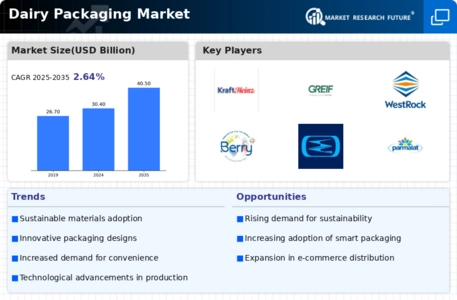

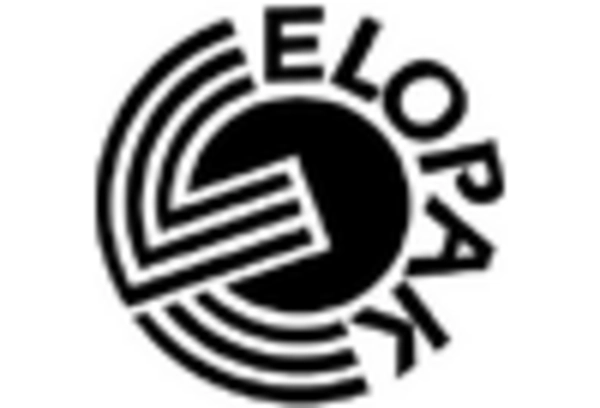

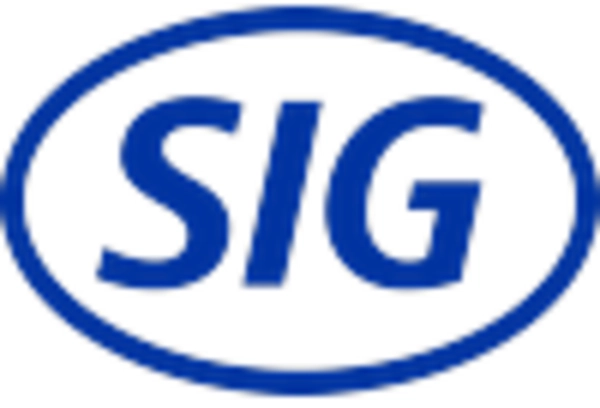
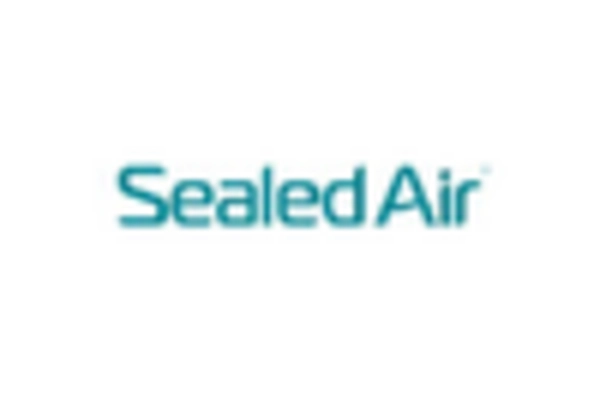
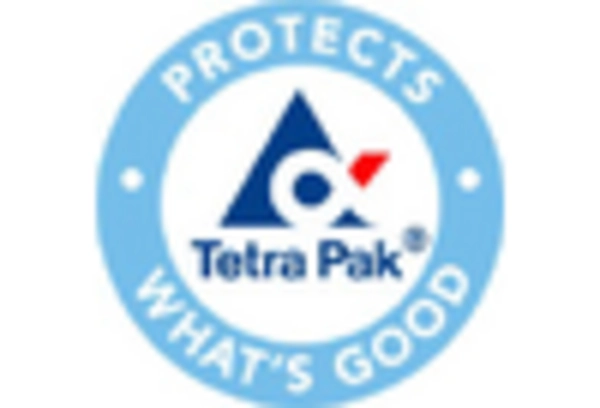









Leave a Comment